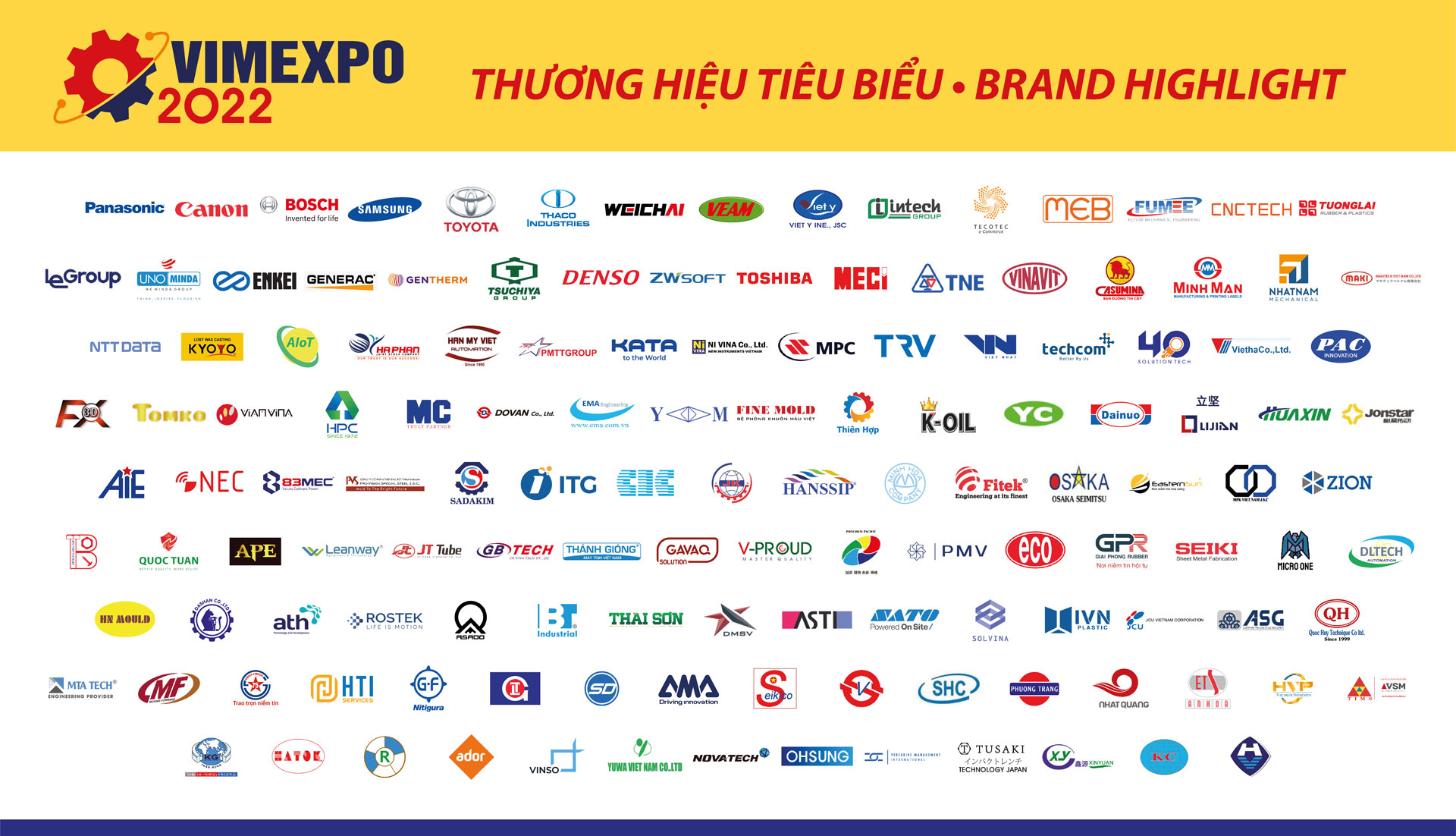The automobile industry has the opportunity to import high-quality, high-tech automobile products, spare parts, and components from the EU at lower prices, contributing to reducing production costs and increasing product competitiveness; the opportunity to take advantage of the long roadmap (protection) to continue developing the domestic manufacturing and assembly industry before having to compete directly and fairly with EU competitors when the roadmap ends. Export opportunities for automobile and motorbike spare parts and components in which Vietnam has strengths, and can become a joint venture investment partner, or a supplier for EU investors coming to Vietnam to seek opportunities to exploit the domestic and regional markets, etc.
However, from an export perspective, the EU market is a market with high standards, geographically quite far from Vietnam, so export opportunities will be difficult to realize if businesses do not have the capacity to participate in the supply network in the automobile and motorbike sector, and have high competitiveness.
In addition, although the protection period of 7-10 years is relatively long, if the Vietnamese automobile and motorbike industry continues to stagnate and lacks initiative in improving competitiveness, the risk of losing at home is still very high. Therefore, Vietnamese automobile enterprises need to carefully study the EVFTA commitments, prepare conditions to take advantage of opportunities from the Agreement as well as be ready for the future of competition when the tariff protection roadmap ends.
Joining hands to support the automobile industry, the Customs authority also deploys many solutions to create favorable conditions for the import-export business community, including enterprises importing complete automobiles, enterprises importing components and spare parts for automobile production and assembly.
Sharing at the seminar, Ms. Truong Binh An, Deputy Director of Hai Phong Customs Department, said that for enterprises importing components, raw materials, and supplies for the production and assembly of automobiles and automobile supporting industry products under the Tax Incentive Program and the Automobile Supporting Industry Tax Incentive Program located in the management area, the unit’s leaders always pay attention to directing the prompt handling of related procedures such as registration procedures to participate in the Program, procedures for checking production facility conditions, customs declaration procedures, and tax refund procedures. This contributes significantly to reducing the time of procedures, actively supporting the production and business activities of the above enterprises. Mr. Duong Ba Hai said that, in the context of Vietnam participating in many FTAs, besides favorable opportunities, the domestic automobile industry is also facing many different challenges (low domestic production rate, small market size, high production and assembly costs, traffic infrastructure with many bottlenecks…), the development and implementation of policies to promote the development of the automobile industry in general, electric cars in particular in the coming time need to be carefully and thoroughly studied, ensuring adherence to the Party and State’s policies and guidelines, in accordance with international practices and the reality of Vietnam joining FTAs. Mr. Le Huy Khoi also said that the orientation of the Vietnam Automobile Industry Development Strategy to 2030, with a vision to 2045, determines that by 2030: Developing the Vietnam automobile industry on the basis of ensuring overall socio-economic goals and efficiency; Aiming to approach and be proactive in manufacturing technology for machine parts; meeting environmental requirements and standards and the trend of using energy saving and green energy, increasing the ability to supply domestic consumption needs and participating in the global automobile value chain, with large export value.
By 2045, developing the automobile industry will not only ensure the goal of contributing to and improving overall socio-economic efficiency but also meet new requirements, pioneering in environmental protection and completely shifting to the production and supply of automobile products using electricity and green energy, new energy; moving towards being completely proactive in engine production for most vehicle types; fully meeting domestic consumption needs and participating deeply in the global automobile industry value chain; expanding and increasing export turnover and added value.




